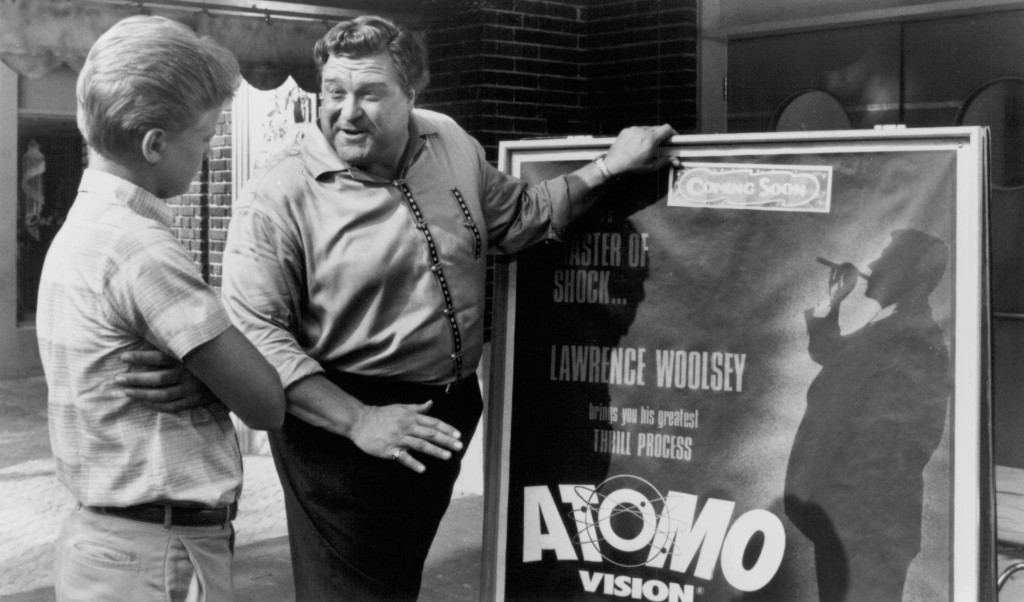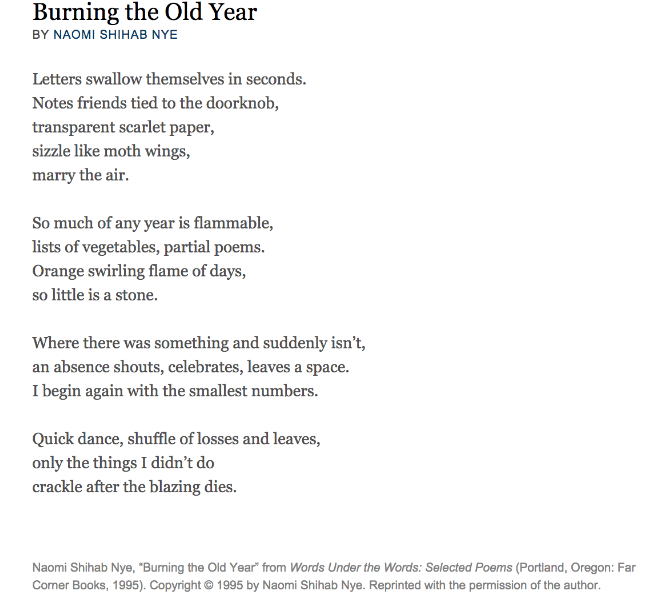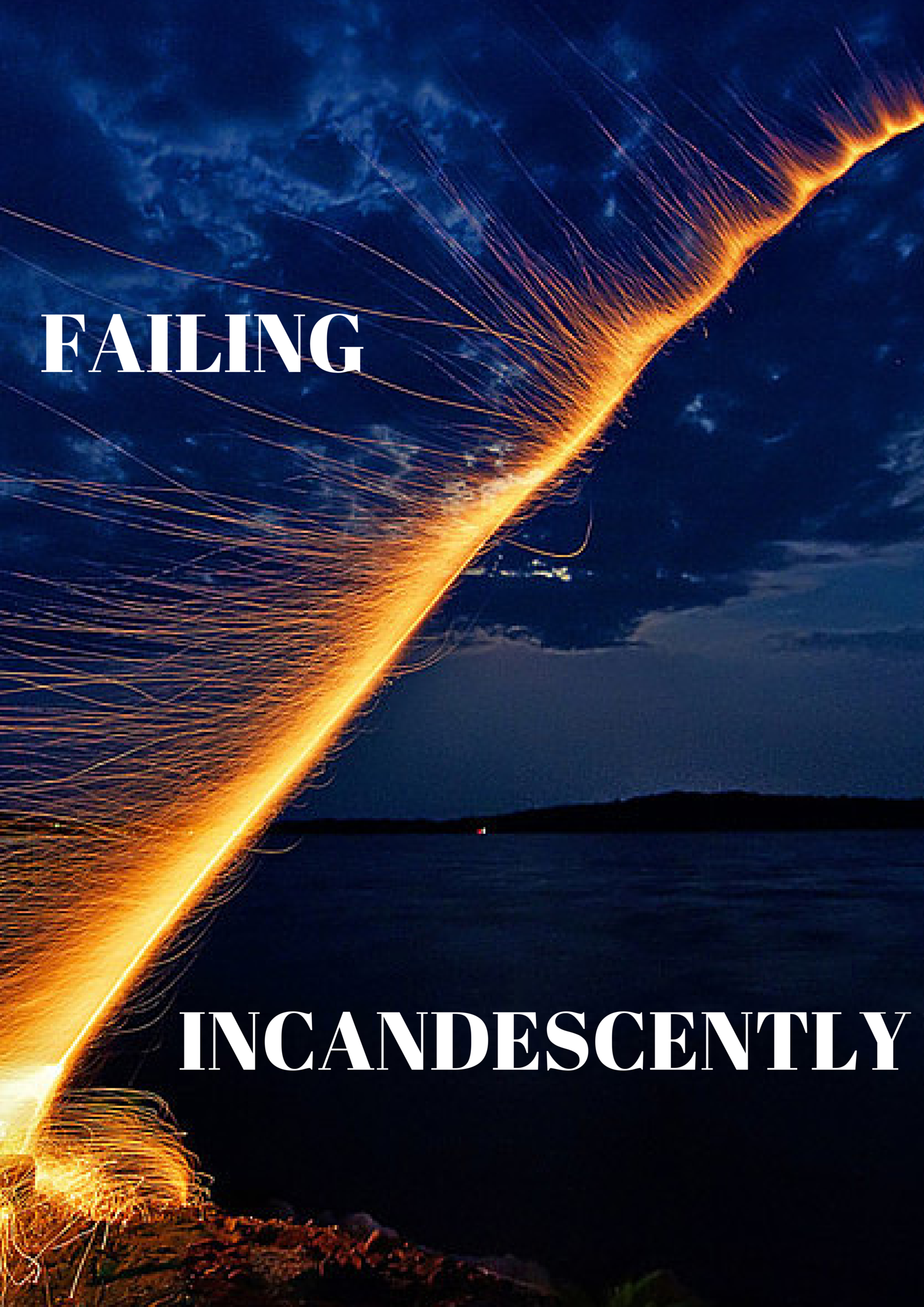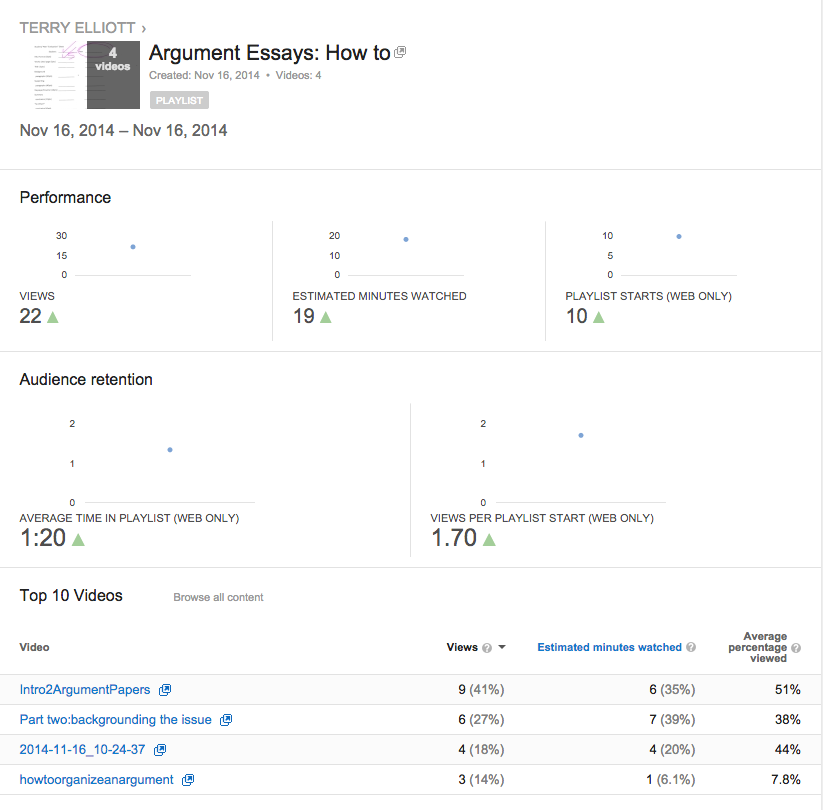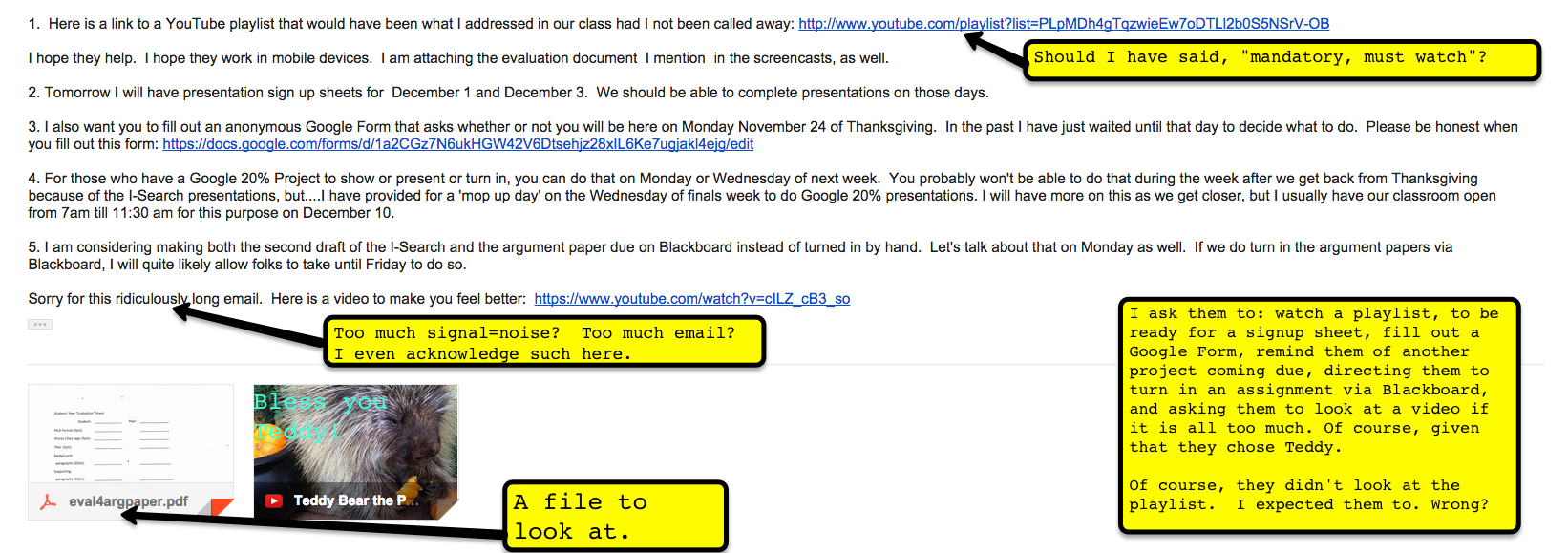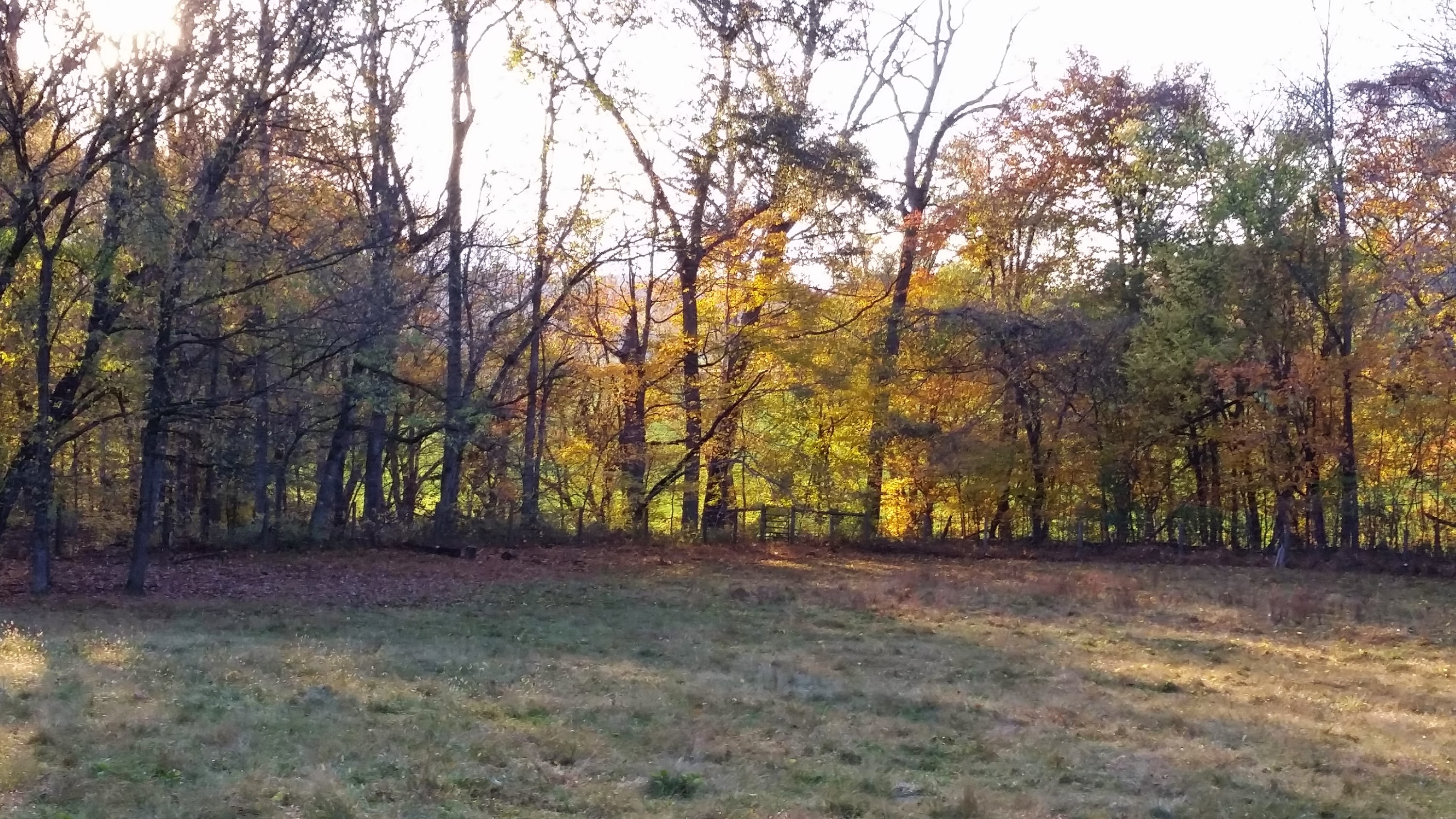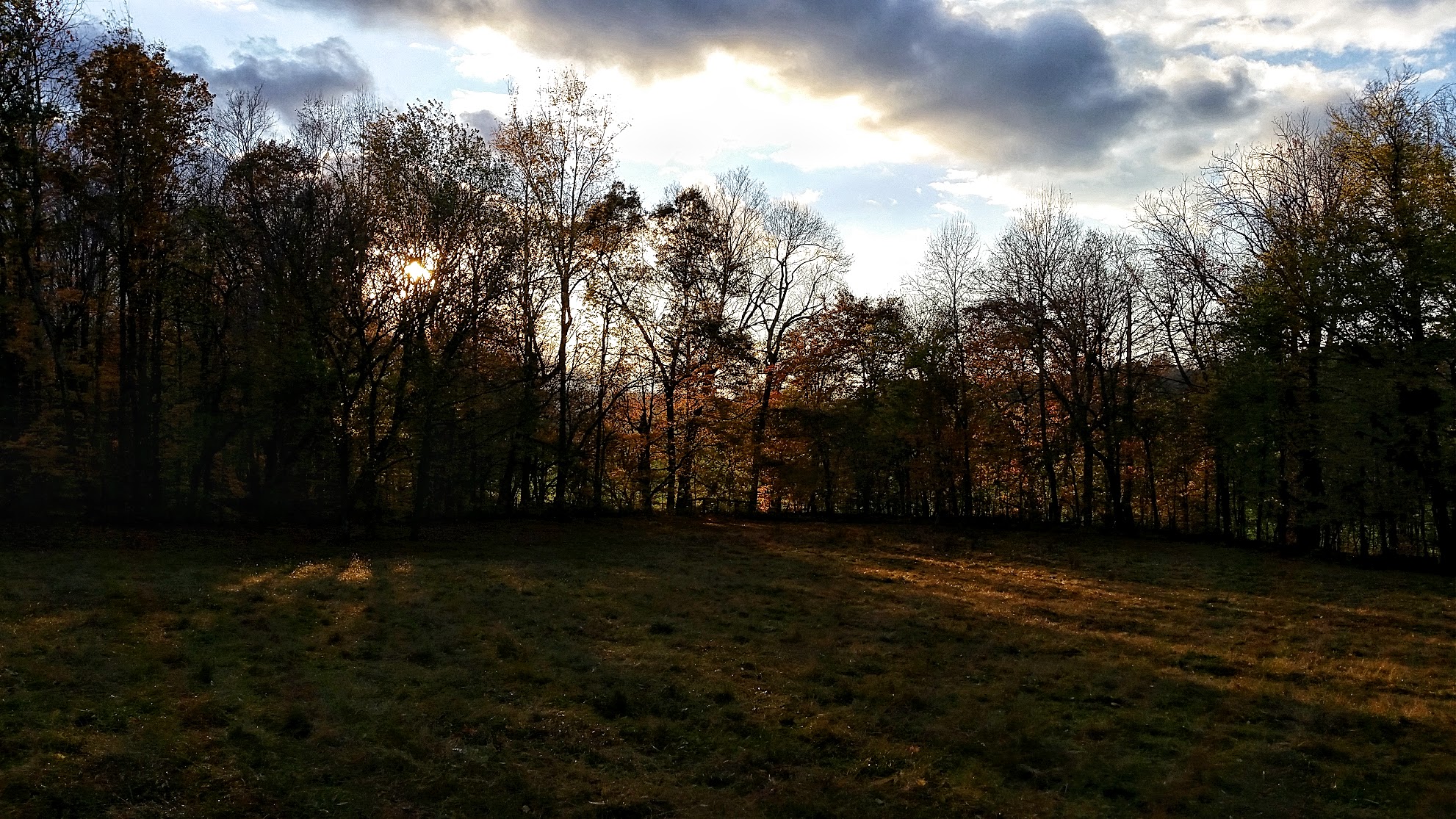
I have been listening to William Gibson’s newest novel/cypher, The Peripheral. I stopped and decided that a much slower and more attentive inspection was owed. I am a bit gobsmacked at how much I miss in listening including this descriptive gem at the opening when a character Leon’s old Airstream travel trailer is described as being “the color of Vaseline”.

As so often happens circumstance, particularly the morning catch from my personal learning net, brings up some fresh but unfamiliar fish or two. Two from this morning’s trawl come to mind because they are just as deep in the center of the edge as Gibson is.
The first of these is a post in Venture Beat by writer Vivek Wadhwa on the coming tech havoc, “5 waves of technology disruption that are just getting started“. I almost ignored it because there is so much written this time of year about trends and anti-trends, but I perked up when it mentioned health. One of my daughters is a nurse working in heart monitoring telemetry so when I saw mention of artificially intelligent physicians and zero cost genomic sequencing, my ‘mantennae’ twitched.

It reminded me of the term ‘deep learning’ associated with AI:
[Deep learning concerns] training systems [of] artificial neural networks on lots of information derived from audio, images, or other inputs, and then presenting the systems with new information and receiving inferences about it in response.
Wadhwa’s post makes clear the importance of these big data AI systems especially regarding the burgeoning biometric data market being pushed out through ubiquitous fitness wearables. And why is this data important? That’s what the other article I came across answered.
Cavan Canavan’s Tech Crunch article, “The Future Of Biometric Marketing” says that the data will be opening up “a frontier where we’re pulling laboratory science outside of the laboratory and creating a deluge of new data about human biometrics never before available.”
The rest of the post explores what that means to marketers. What it proves is that there is already a buyer for data from companies like FitBit and that the data will getting better as the sensors in the equipment gets better. Right now this data is not largely open to third party developers, but it is beginning to be shared.
Canavan invites us to imagine some deep learning, biometric scenarios:
1. You go to a movie and agree to share your biometric data as you watch the movie. No more focus groups or previews needed, right?
2. You are playing Candy Crush and your biometric data is flowing as you play. Rewards for emotional peaks might be possible.
3. How about a date where each party agrees to release biometrics afterwards?
4. Or perhaps you aren’t feeling well and Big Pharma gets that info, pre-targeted as amenable to their products?
This is not future distant like Gibson’s seems. This is marketing ready.
Is biometrics learning ready? The complexity of this issue in K-12 is staggering. Just take a look at this anti-Common Core website if you want a taste for the changing world of FERPA and COPPA and biometrics.
Here are just some of the questions that float across my radar as an instructor at university. I invite those in K-12 to bring up their own.
1. Will universities have a genome as a biometric record in the near future?
2. Will students logon with fingerprint scanners?
3. Will educational providers like Pearson have access to that and other wearable generated data?
4. Will I use apps that access student data to determine how attentive students were over a class period? Attentive while online?
5. Will I be required to use these analytics to ‘improve’ my online and face-to-face learning engagements?
I don’t even think I am asking the right questions. But I do know that the market and the money will be there because it already is there.
Depending on what report you read, as many as 285 million fitness devices will be on human bodies by 2018, with a 40 percent CAGR. Smartwatch sales are predicted to grow from 1 million devices in 2013 to 92 million devices in 2018
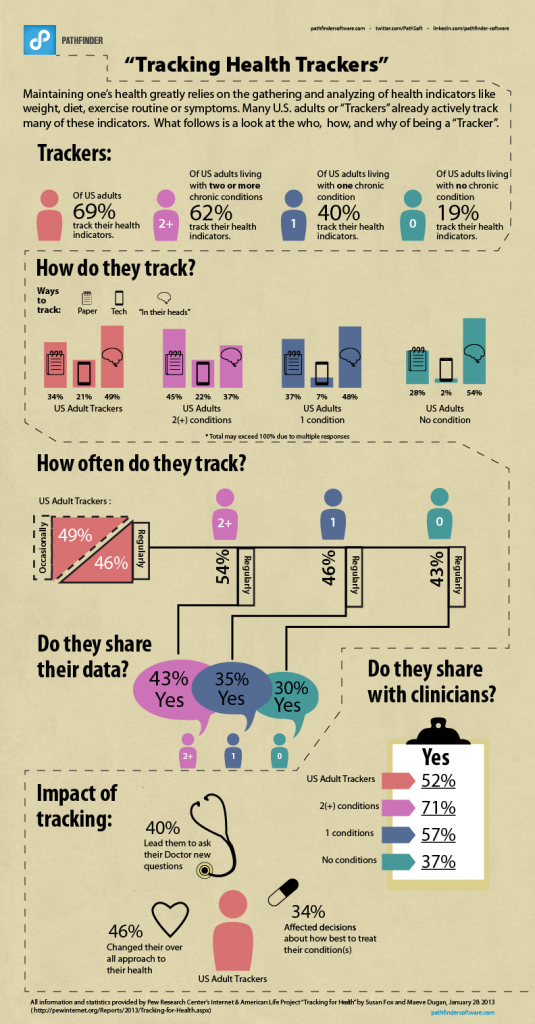
I have been using a FitBit for at least two years to track sleep, steps, flights of stairs, and physical activity. It is not a particularly discriminating or intelligent data stream, but it does explain something. Whenever I have had problems with the hardware, they have replaced it immediately. I just thought they were a great service company, but after reading these articles, I now know why they were so quick to respond. Like a printer company, they are not interested in selling ‘printers’. They want to sell you grossly overpriced ink. Or in FitBit’s case, they want to sell or use your data. And it must be worth a lot. At the very least they are using it to promote their wellness business. Their privacy statements seem pretty strong, but if you give a third party permission to use your FibBit data, well…I don’t know quite how that monetizes.
Back to The Peripheral. Gibson’s new novel has its feet straddled over lots of adjacent futures. In fact his oft-quoted phrase (or Bruce Stirling’s, who knows) has never been more apt than it is right now, “The future is already here. It’s just not evenly distributed yet.” I am personally living in the biometric era, early days, but I am there. As a teacher, I am not yet there. I am both in the future and outside the future. It’s “curatorial polymer” all the way down to the skin. Spookier words and ways and days are yet to come and there is no getting ready for it.
I am reminded by all of this of one of my favorite 90’s movies– Joe Dante’s unlikely hit about the Cuban Missile Crisis, science fiction exploitation movies, and teen angst–Matinee . I was eight when the Missile Crisis happened. I saw the “duck and cover” movies on 16mm projectors and we practiced those pathetically futile moves under our desks. Today, I feel the same kind of learned powerlessness now as I felt then, trying to navigate in this brave new learning world. Yet I also feel weirdly empowered. I want to say “Bring it!” with all the bravado I can manage. Why? Because I am the movie huckster character that John Goodman captures so perfectly. Part of me knows that the learning landscape is populated by scams. I even realize that I am complicit in some of them. Yet I also know that I love telling the age old story of learning for its own sake. That drives me past the confidence game and into the space I believe in so utterly. Like Goodman’s character in the movie:
I get to scare everybody else. But it’s for their own good. You get people who go like this [he covers his face with his hands] at the scary parts, they’re not getting the whole benefit. You gotta keep your eyes open.
Gene: What’s the benefit?
OK, like, uh, a zillion years ago, a guy’s living in a cave. He goes out one day, bam! He gets chased by a mammoth. Now he’s scared to death, but he gets away. And when it’s all over with, he feels great.
Gene: Well, yeah, ’cause he’s still living.
Yeah, but he knows he is, and he feels it. So he goes home, back to the cave. First thing he does, he does a drawing of the mammoth. And he thinks, ‘People are coming to see this. Let’s make it good. Let’s make the teeth real long, and the eyes real mean!’ [Mammoth roars] Boom! The first monster movie. That’s probably why I still do it. Make the teeth as big as you want, then you kill it off, everything’s okay, the lights come up, ahhh! You see, the people come into your cave, with a two-hundred-year-old carpet, the guys tear your ticket in half—it’s too late to turn back now!—water fountain’s all booby-trapped and ready, the stuff laid out on the candy counter. Then you come over here to where it’s dark. There could be anything in there! And you say, ‘Here I am! What’ve you got for me?’
I feel just like this in the classroom sometimes. I punch through the double doors leading from the safety of the lobby into the theater and say the same, “What have you got for me?” Here’s what I got for you. It is learning distributed across the ages from the Groves of Academe to the one room school house to the citizen schools of Highlander to MOOCs and beyond. The single line running throughout like Ariadne’s thread is teaching. Always the teaching. I am a huckster for teaching. Full stop.
